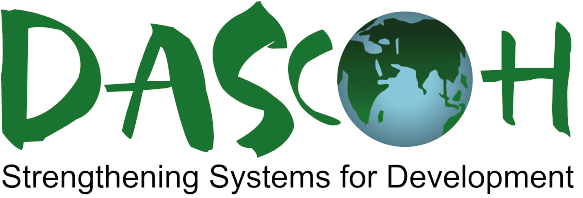
Project Name: Sustainable Solutions for the Delivery of Safe Drinking Water (SDSD)-Phase II
Project Implementation Period: January 2013 to December 2015
Funding Agencies: Swiss Agency for Development and Cooperation (SDC)
Project Areas: 25 UPs of Derai, Sulla, Jamalganj and Tahirpur Upazila in Sunamganj district
Total Project budget: 210,000,000
Beneficiaries: 646,220
Project goal/objective: Contribute to equitable and sustainable access to community-managed water and sanitation services through improved governance in Rajshahi, Chapai Nawabganj and Sunamganj districts.
Major Intervention of the project:
- Capacities of poor rural citizens to participate in planning and decision-making process are strengthened.
- Dialogue between local stakeholders (e. g UPs, CBOs) to address the local WatSan issues is institutionalized.
- Health and Hygiene Education is promoted at local level.
- WatSan related infrastructures designed (e.g. site selection, technology), installed and repaired through a participatory, transparent and inclusive process.
- UP’s capacity strengthened to practice government acts, rules and regulations in delivering equitable WatSan services.
Major Achievements: The project has achieved notable success in Rajshahi-Chapai Nawabganj, with 98% of households accessing safe drinking water and 77% having hygienic latrines, exceeding the planned objectives. Conversely, in Sunamganj, only 35% of the population has adopted hygiene and sanitation practices, indicating a shortfall. Nonetheless, treatment for arsenicosis patients has seen significant progress, with 83% receiving care from government health centers and 97% accessing safe drinking water, surpassing expectations. While safety net services have reached 49% of poor households in Rajshahi-Chapai Nawabganj and 79% in Sunamganj, challenges remain due to government supply constraints. The project has also positively impacted women by alleviating the burden of water-fetching tasks. Despite notable achievements, challenges persist in promoting hygiene practices and ensuring equitable access to safety net services, necessitating adaptive strategies for long-term success and addressing remaining disparities.
Lesson Learnt:
- Proper motivation and repeated discussion has the potential to can change the mindset of the people. An example is the enhanced willingness of people to have latrines close their living room.
- The fair practices promoted and adhered to by the working modalities of SDC-SDSD project have received wide appreciation from the local authorities. . This also inspires people to contribute to costs of watsan facilities.
- Well thought out and intensive support to UP has prevented mismanagement of funds.
- Collaborative implementation and cluster approach has led to increased coverage with good quality watsan hardware.
Challenges:
- The early flash flood delayed project work, especially construction work. Also, because of livelihood loss people found it difficult to make their share of contribution.
- Low awareness of the UPs made it difficult to activate the standing committees especially the WatSan standing committee. This has been a constraint in the proper functioning of the local mechanics as well as of the O&M system. The project facilitates to reform standing committees and organise training on their role and responsibilities.
High staff turnover is a challenge as finding qualified staff and their subsequent orientation is a time-consuming process.




